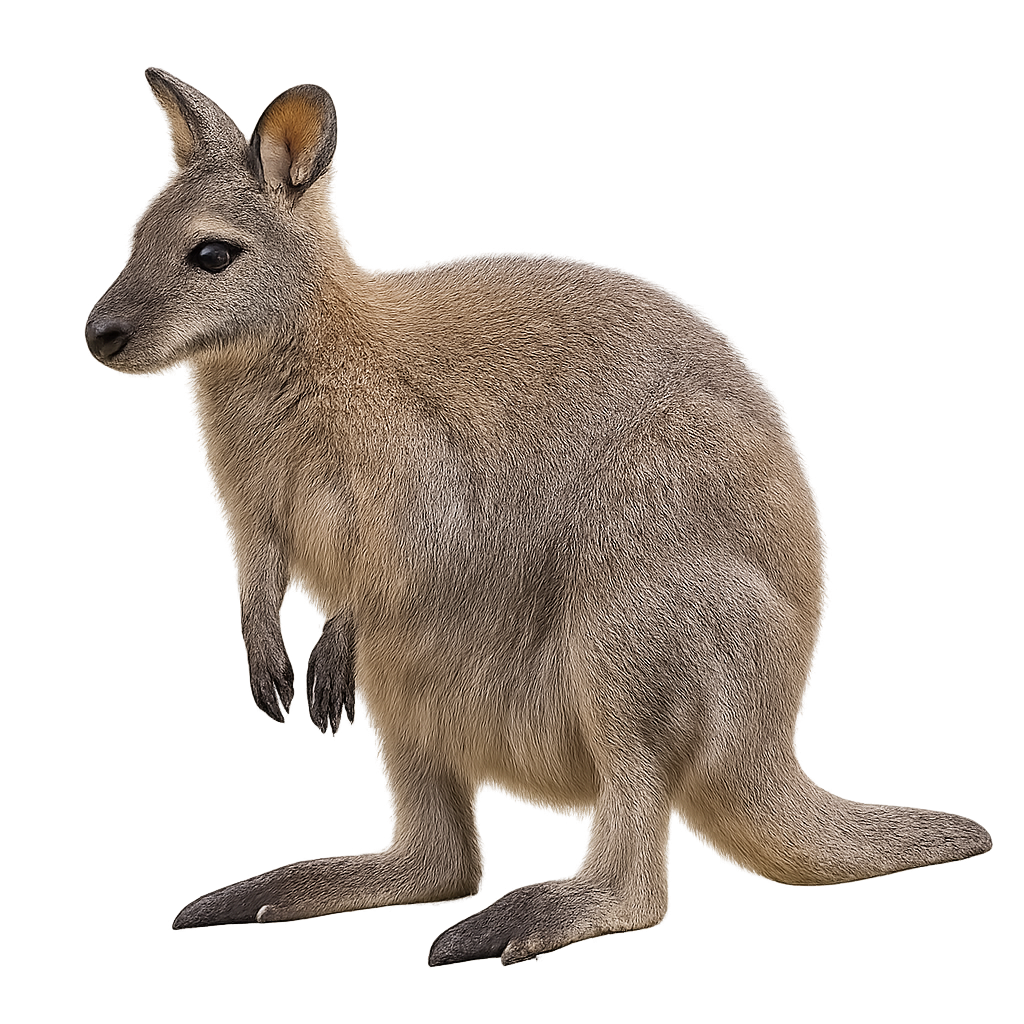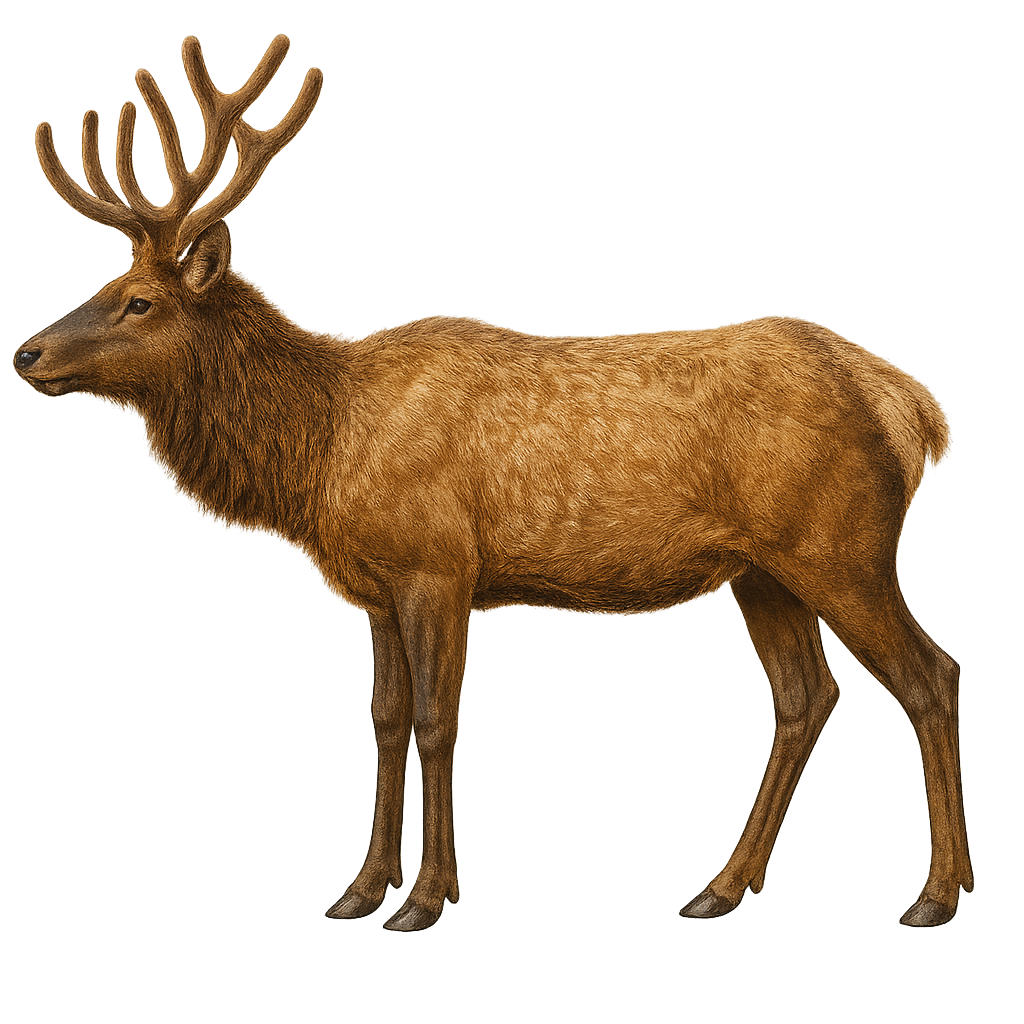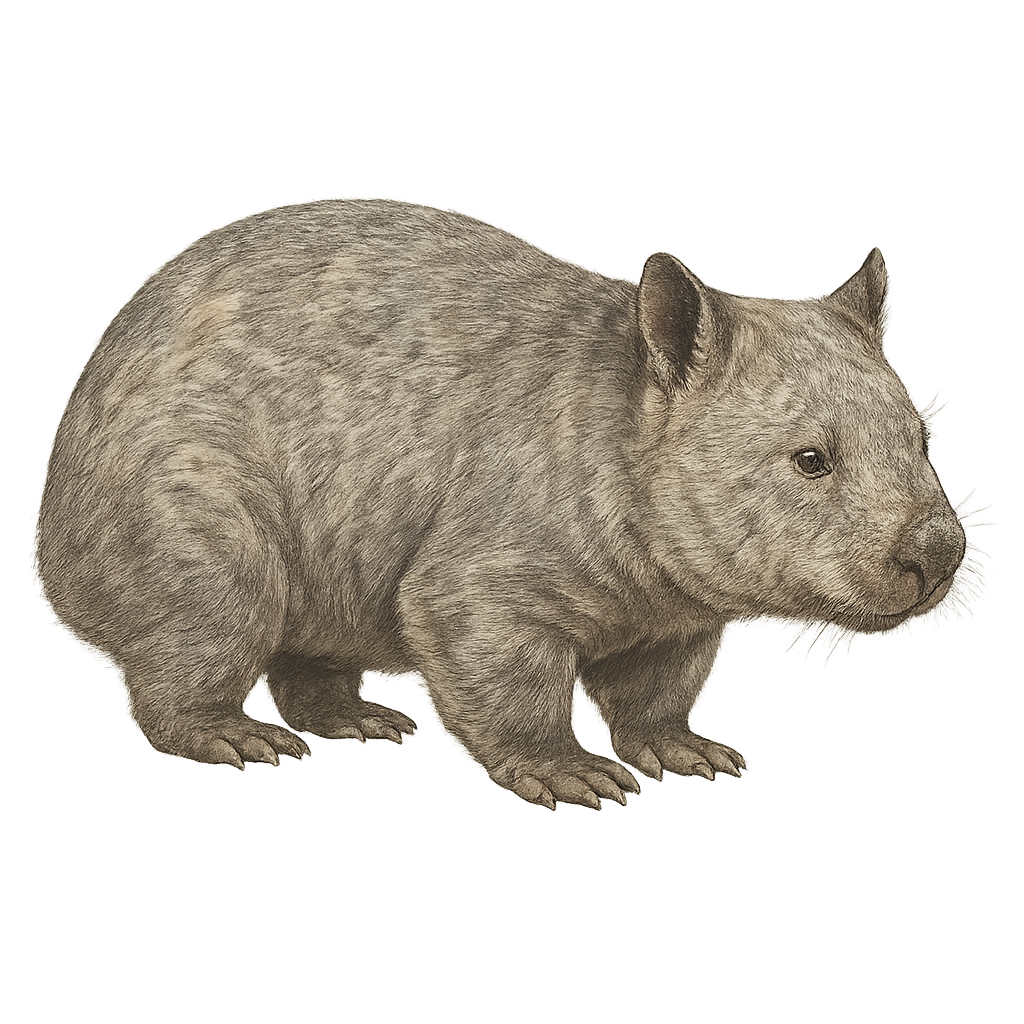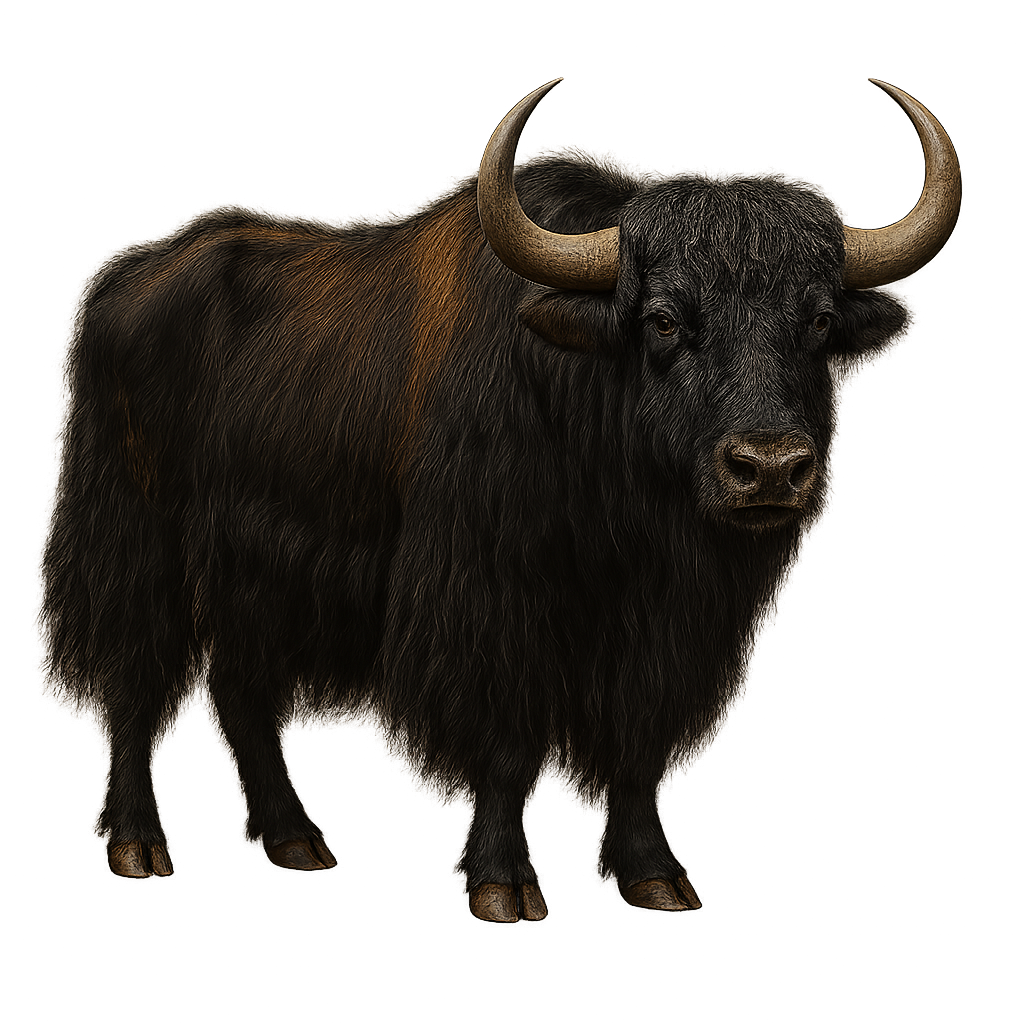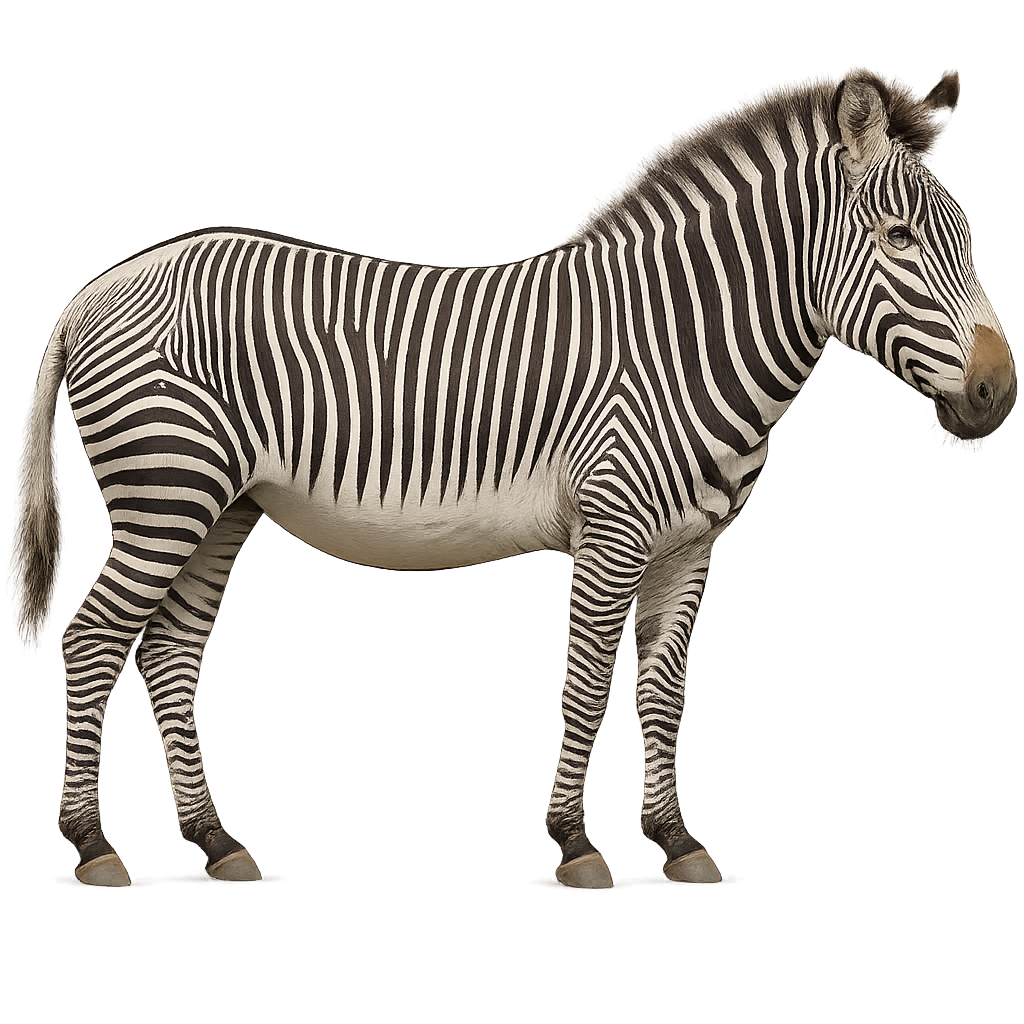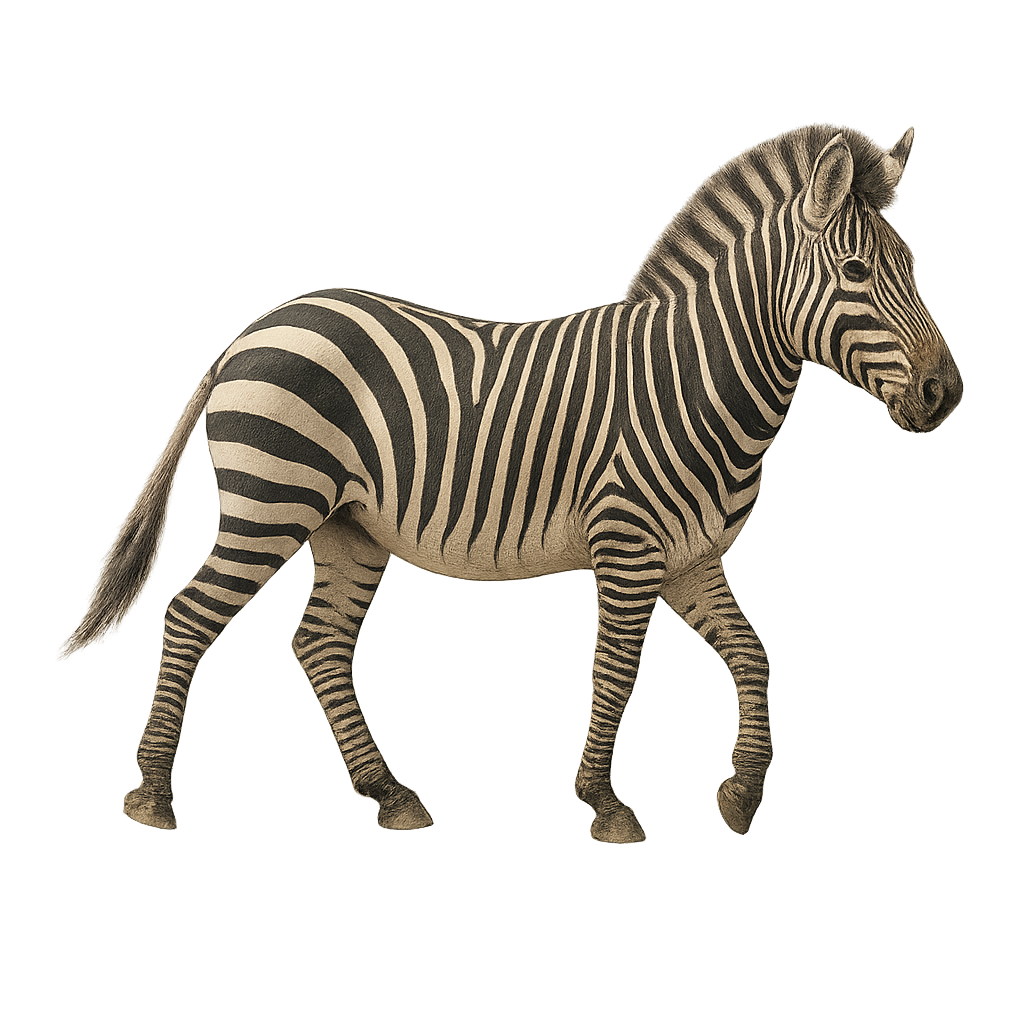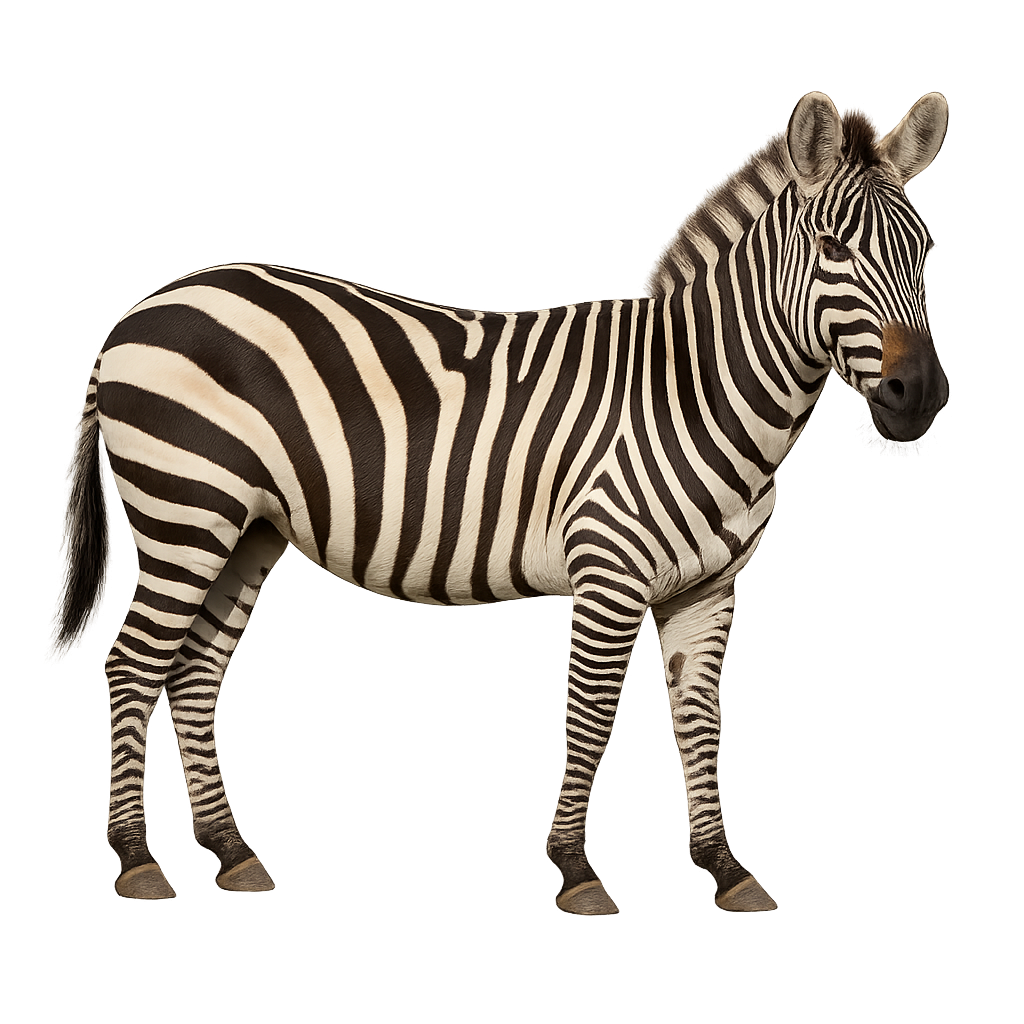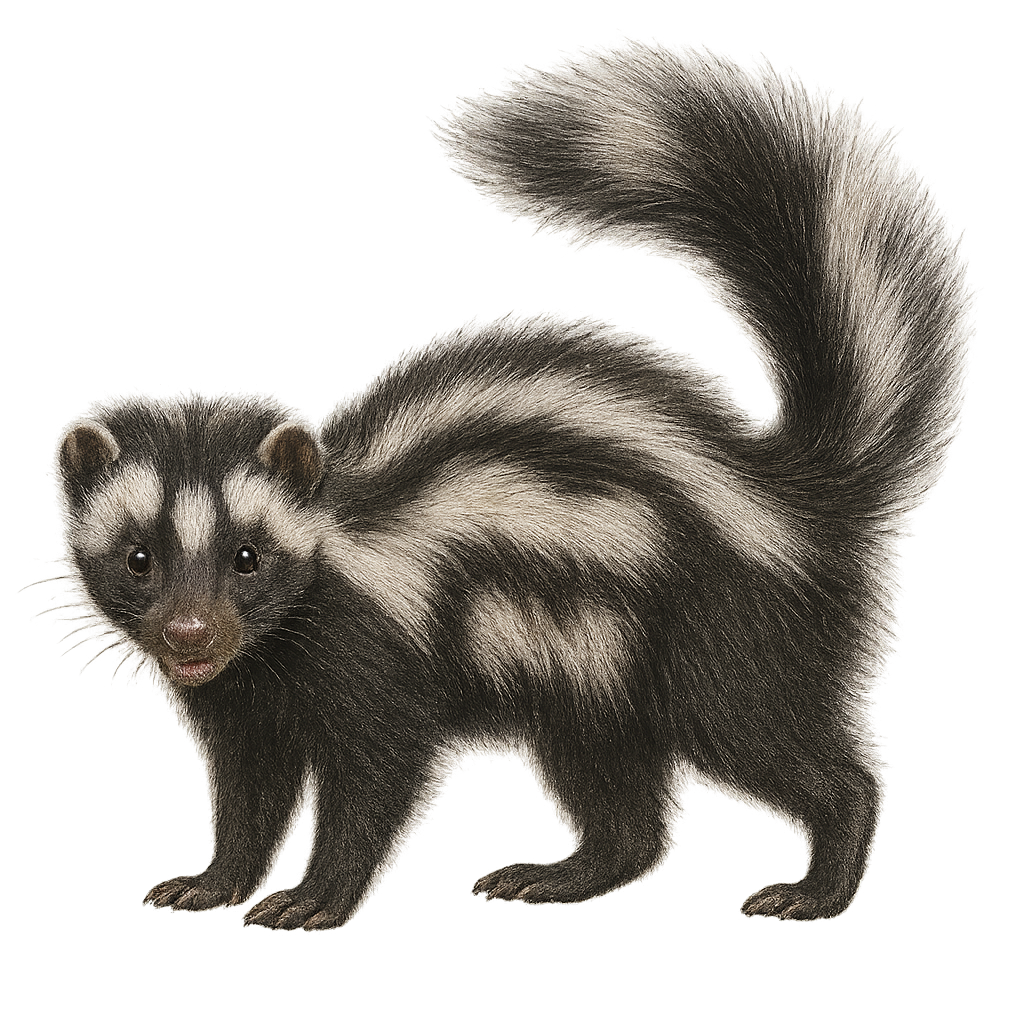Animal Species Profiles:
Mammals, Birds, Reptiles & More
Explore wildlife from around the world with the species profiles on WildlifePhotographer. Mammals, birds, reptiles… For each species, you’ll find key information such as habitat, observation periods, distribution, and photography tips. Want more details and advanced features? Download the full app for the complete experience.
Bennett's wallaby
Macropus eugenii
The Bennett's wallaby is a small herbivorous marsupial, 70–100 cm long and 7–20 kg, with pale grey-brown fur. It inhabits open woodlands, grasslands and scrub in southeastern Australia and Tasmania, feeding on grasses and young shoots. During the breeding season (January 1 to March 31), males establish territories and perform bipedal hopping displays to attract females.
Wapiti
Cervus canadensis
The Elk is a large cervid primarily found in North America, in forests, grasslands, and mountains, notably in Canada and the United States. It typically measures between 1.5 and 2 meters in height at the shoulder and can weigh between 300 and 500 kg. The Elk is easily recognizable by its large antlers, which can reach up to 1.2 meters in width. Its coat varies from light brown to dark brown, with a lighter area around the neck. It primarily feeds on grasses, leaves, and bark, and is especially active during the fall, during the rutting season. While the Elk population is relatively stable, some subpopulations are threatened by habitat loss and disease.
Altai Wapiti
Cervus canadensis xanthopygus
The Altai wapiti, or Cervus canadensis xanthopygus, is a subspecies of elk found primarily in the mountainous regions of the Altai in Central Asia. This majestic deer is recognizable by its light brown coat with darker shades on the back and legs. Males sport large branched antlers that they shed annually. They live in herds, often separated by gender, except during the rutting season when males join females. Their diet mainly consists of grasses, leaves, and young shoots. Adapted to harsh climates, they migrate seasonally to find food and optimal living conditions.
Northern Hairy-nosed Wombat
Lasiorhinus krefftii
The Northern Hairy-nosed Wombat, or Lasiorhinus krefftii, is a rare and critically endangered marsupial native to Australia. This robust mammal is characterized by its hairy nose and dense, silky fur. It primarily inhabits grassy areas and open forests. Northern Hairy-nosed Wombats are expert burrowers, digging extensive burrows to protect themselves from predators and extreme weather conditions. They are mainly nocturnal, feeding on grasses and roots. Their population is extremely limited, with only a few dozen individuals remaining, making them one of the most endangered species in the world. Conservation of their habitat is crucial for their survival.
Wild Yak
Bos mutus
The Wild Yak is a large species of cattle native to the mountains of the Himalayas, Tibet, and the high plateaus of Central Asia. It typically measures about 2 to 3 meters in length and weighs between 400 and 1,000 kg. Its coat is long, thick, and woolly, ranging from black to brown, which helps it survive in extreme cold conditions. The Wild Yak is primarily herbivorous, feeding on grasses, lichens, and woody plants. It lives in herds in mountainous environments at high altitudes, often above 3,000 meters. While it is a protected species in some areas, the Wild Yak is threatened by illegal hunting and habitat loss due to urbanization and excessive grazing.
Grevy’s Zebra
Equus grevyi
The Grevy's Zebra is a species of zebra found primarily in the savannas and grasslands of East Africa, notably in Ethiopia and Kenya. It typically measures about 2.5 meters in length, with a shoulder height of 1.5 to 1.6 meters, and weighs between 350 and 450 kg. Its coat is characterized by narrow and tightly spaced stripes, which are generally finer than those of other zebras. It has a longer and narrower head compared to other zebra species, with long, pointed ears. The Grevy's Zebra primarily feeds on grasses and vegetation, and lives in complex social groups, often led by a dominant mare. Although its population is declining due to habitat loss and poaching, it is protected by conservation programs in some areas.
Mountain zebra
Equus zebra
The mountain zebra (Equus zebra) is a sturdy equid standing 1.2–1.4 m at the shoulder and weighing 200–350 kg, characterized by bold black and white stripes that broaden across the torso and narrow on the legs, with a pale rump patch. Endemic to southern Africa’s mountainous regions, it inhabits montane grasslands, rocky steppes and steep slopes, grazing on short grasses and low shrubs. It is social, forming family herds of a stallion, several mares and their offspring, which the stallion defends. Breeding occurs year-round, with births peaking from November to April, aligning with the rainy season to maximize foal survival.
Hartmann's mountain zebra
Equus zebra hartmannae
The Hartmann's mountain zebra, a subspecies of the mountain zebra, is a robust and elegant animal, recognizable by its distinct black and white stripes that do not meet under the belly, leaving a white band. Native to the arid and mountainous regions of Namibia and South Africa, it is perfectly adapted to its environment with hard hooves and the ability to survive with little water. Hartmann's zebras live in small family groups led by a dominant stallion. They primarily feed on grasses but can also consume leaves and bark during times of scarcity. Their social behavior is complex, with vocal interactions and mutual grooming rituals.
Plains Zebra
Equus quagga
The Plains Zebra is one of the most common zebra species, primarily found in the grasslands and savannas of East and Southern Africa, notably in Kenya, Tanzania, South Africa, and Botswana. It typically measures between 2.3 and 2.5 meters in length and weighs between 300 and 400 kg. Its coat consists of black and white stripes that cover its entire body, with each individual having a unique stripe pattern. The Plains Zebra primarily feeds on grasses and vegetation, and lives in large social groups often led by a dominant male. While its population remains relatively stable, it is sometimes threatened by habitat loss, human-wildlife conflict, and diseases transmitted by livestock.
Striped Polecat
Ictonyx striatus
The striped polecat, scientifically known as Ictonyx striatus, is a small carnivorous mammal belonging to the Mustelidae family. It is easily recognizable by its distinctive black and white fur, with white stripes running along its back. This nocturnal predator is primarily active at night, using its keen sense of smell to hunt small rodents, birds, and insects. The striped polecat is equipped with powerful anal glands that emit a foul odor to deter predators. It primarily inhabits savannas, grasslands, and wooded areas of sub-Saharan Africa. Although its appearance may resemble that of a skunk, it is not directly related to it.


